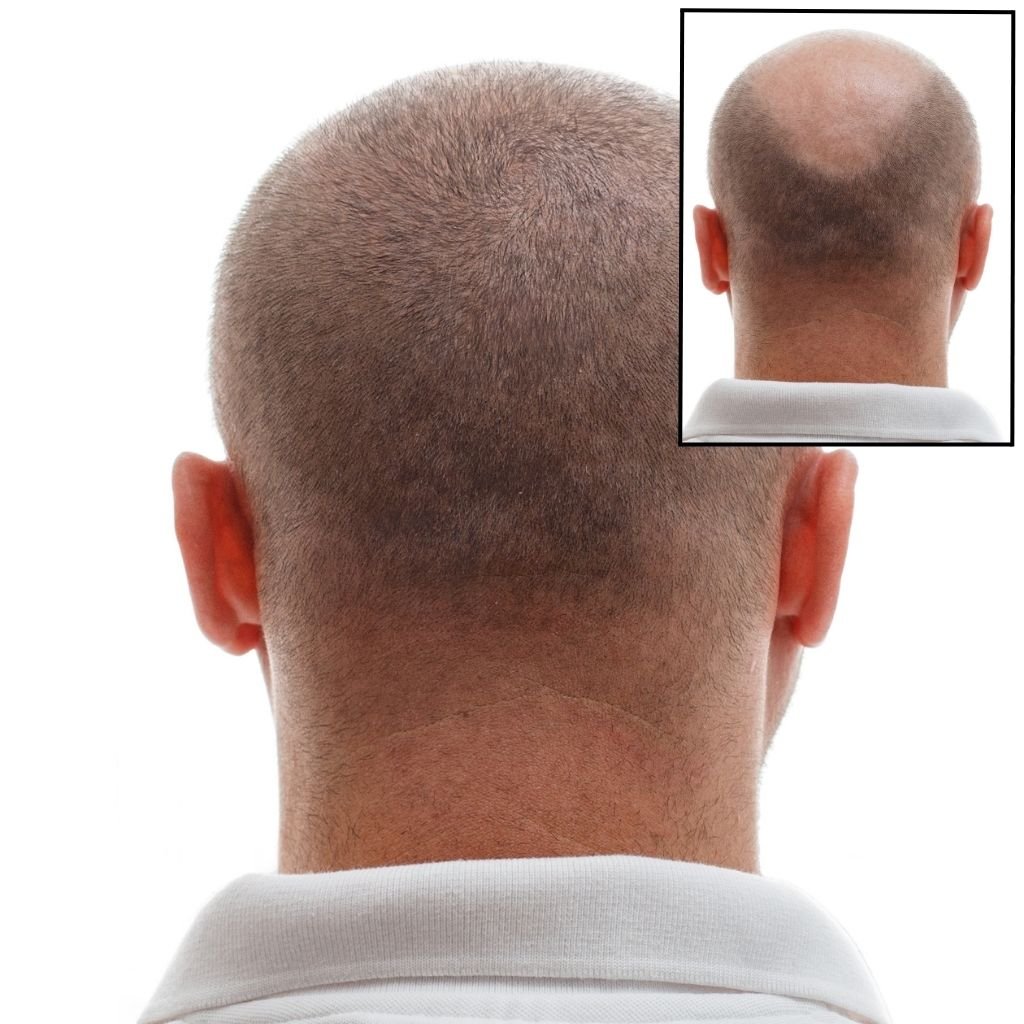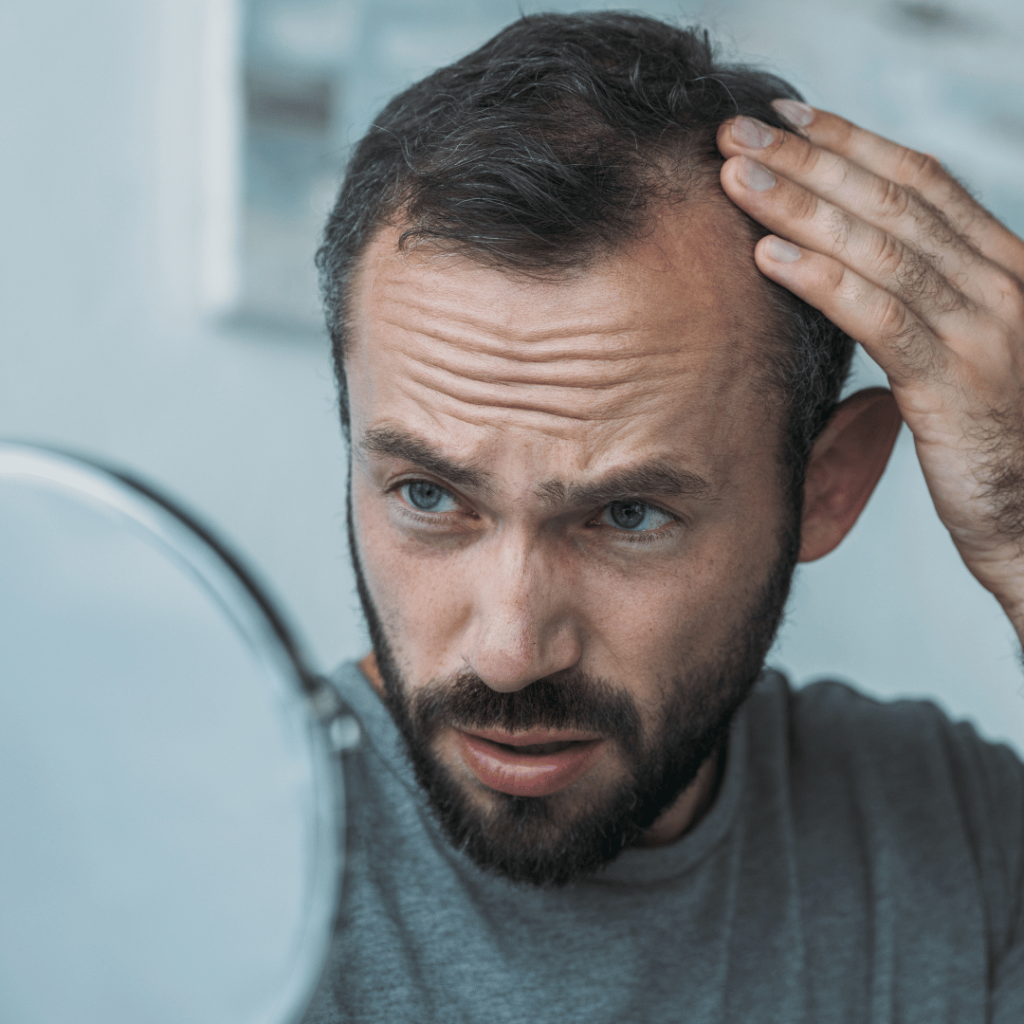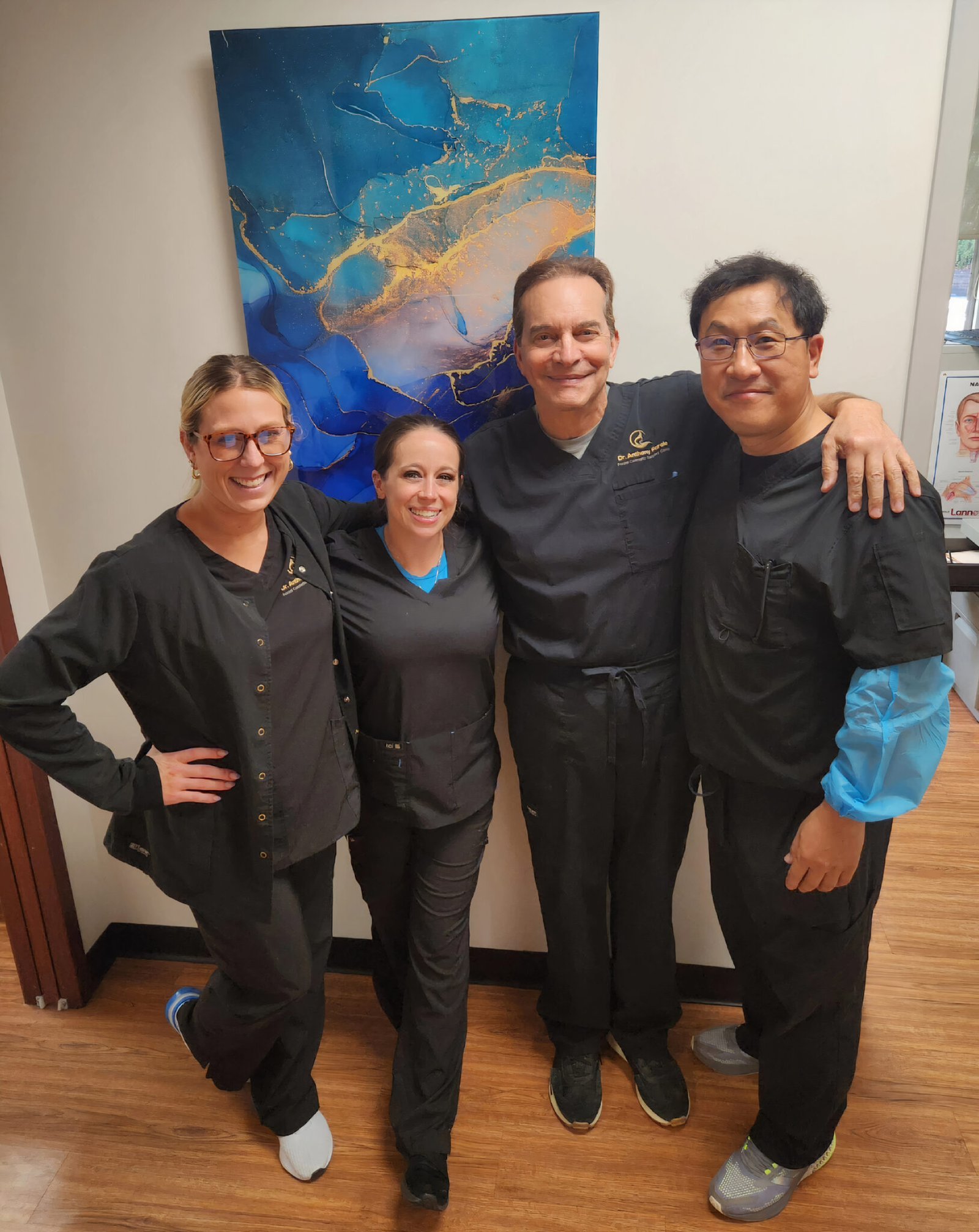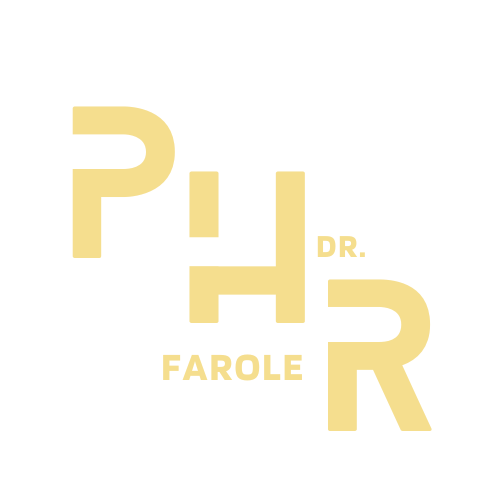The success of an FUE hair transplant in Philadelphia begins with the careful preparation of the donor area. This region is typically at the back of the scalp, where hair is genetically programmed to resist balding. The surgeon starts with a detailed examination of this area, assessing the density, quality, and availability of the follicular units, ensuring there are enough healthy grafts to achieve the desired coverage.
FUE Hair Transplant Philadelphia
Revitalize Your Appearance With FUE Hair Transplants
Don’t let your self confidence fall victim to worrying about thinning hair or balding spots, especially when FUE hair transplant surgery — here in Philadelphia — is a solution.
At Philadelphia Hair Restoration, we’ve helped many reclaim their full head of hair and the confidence that comes with it through an advanced technique called a Follicular Unit Extraction (FUE) hair transplant. FUE hair transplants stand out as a leading-edge solution, offering a minimally invasive, virtually scarless procedure that promises natural-looking results.
Contact Philadelphia Hair Restoration today to schedule your complimentary consultation for FUE hair transplant in Philadelphia.


What Is Follicular Unit Extraction (FUE)?
At its core, FUE is a highly sophisticated hair restoration surgery that involves the individual extraction of hair follicles from a designated donor area on your scalp, typically the back or sides where hair is more resistant to balding. Each follicle is removed with precision, using state-of-the-art micro-surgical tools. This ensures that the integrity of each follicular unit is maintained, allowing for optimal growth in the transplant area.
The beauty of FUE lies in its ability to deliver results that not only look natural but also last. Since the transplanted hair is genetically resistant to the effects of dihydrotestosterone (DHT) — the primary hormone responsible for male pattern baldness and female pattern baldness — it continues to grow normally. This means you can cut, style, and even dye your hair with no worries about thinning hair. The minimally invasive nature of FUE means there is minimal scarring and the recovery period is significantly shorter compared to older transplant methods.
Client Successes: FUE Hair Transplantation Before and After Photos
Previous
Next

 Sal TuostoFebruary 24, 2024Dr. Nam was amazing. Professional and answered all my questions though out the process.
Sal TuostoFebruary 24, 2024Dr. Nam was amazing. Professional and answered all my questions though out the process. Armando gonzalezFebruary 24, 2024Amazing centers and practice really good team Nam has been amazing
Armando gonzalezFebruary 24, 2024Amazing centers and practice really good team Nam has been amazing Jaime TorresFebruary 17, 2024Experience with Dr Nam and Philadelphia Hair Restoration was great and easy going. I had already gotten a restoration done back in 2022 in Colombia so wanted to fill in spots so contacted them. From the initial consultation visit to the day of the procedure Dr. Nam was very accommodating and answering any questions I had. I felt that he and his staff were very experienced and made me feel relaxed the whole time. Would highly recommend to anyone thinking about it. I got 2500 grafts done in one day.
Jaime TorresFebruary 17, 2024Experience with Dr Nam and Philadelphia Hair Restoration was great and easy going. I had already gotten a restoration done back in 2022 in Colombia so wanted to fill in spots so contacted them. From the initial consultation visit to the day of the procedure Dr. Nam was very accommodating and answering any questions I had. I felt that he and his staff were very experienced and made me feel relaxed the whole time. Would highly recommend to anyone thinking about it. I got 2500 grafts done in one day. James ThomasJanuary 26, 2024When I decided to go forward with my procedure I met with four different doctors in the area. It became clear very quickly that Dr. Ken was going to be my best option as he explained both the procedure and the recovery process very clearly and he tempered my expectations (no, you're not going to look like Elvis) During the recovery process you will have doubts as to the success of the procedure but because Dr. Ken had informed me before hand of those doubts my mind was at ease. 8 months later it turns out Dr. Ken undersold me as I cannot be more impressed with the results, Dr. Ken & his staff. If your going to spend 8 hours with a doctor going through a life changing event it is a good idea to find a good one and I believe I may have found the best one in the area. So, a big Thank you to both Dr. Ken & his Staff for both the professionalism and just as importantly the incredible results. Bill D
James ThomasJanuary 26, 2024When I decided to go forward with my procedure I met with four different doctors in the area. It became clear very quickly that Dr. Ken was going to be my best option as he explained both the procedure and the recovery process very clearly and he tempered my expectations (no, you're not going to look like Elvis) During the recovery process you will have doubts as to the success of the procedure but because Dr. Ken had informed me before hand of those doubts my mind was at ease. 8 months later it turns out Dr. Ken undersold me as I cannot be more impressed with the results, Dr. Ken & his staff. If your going to spend 8 hours with a doctor going through a life changing event it is a good idea to find a good one and I believe I may have found the best one in the area. So, a big Thank you to both Dr. Ken & his Staff for both the professionalism and just as importantly the incredible results. Bill D Jay WainwrightDecember 8, 2023These guys were really great at explaining the process to me and answering questions I had. The procedure is long and the first few days are tough but I am glad I did it and I love the results so far.
Jay WainwrightDecember 8, 2023These guys were really great at explaining the process to me and answering questions I had. The procedure is long and the first few days are tough but I am glad I did it and I love the results so far. Steven CookDecember 4, 2023Staff nice and friendly, Dr. Nam was very nice and has been very responsive.
Steven CookDecember 4, 2023Staff nice and friendly, Dr. Nam was very nice and has been very responsive. Kelly FordSeptember 7, 2023Had a great day (long but enjoyable) with Dr Nam and the team. Dr Farole checked on me a few times and overall made the process better. I’m looking forward to seeing the results but PHR made the long day as enjoyable as it could be and were professional and informative. Dr Nam has me text him directly with any questions and seems available immediately.
Kelly FordSeptember 7, 2023Had a great day (long but enjoyable) with Dr Nam and the team. Dr Farole checked on me a few times and overall made the process better. I’m looking forward to seeing the results but PHR made the long day as enjoyable as it could be and were professional and informative. Dr Nam has me text him directly with any questions and seems available immediately.
How FUE Differs From Follicular Unit Transplantation (FUT)
The primary distinction between FUE and FUT lies in the method of extracting hair follicles. In FUE, each follicular unit is individually extracted directly from the scalp using precise, micro-surgical tools. FUT, also known as the strip method, involves removing a thin strip of tissue from the back of the scalp from which individual hair follicles are then dissected. The area is then stitched or stapled closed, leaving a linear scar.
FUE provides more flexibility for those who prefer shorter haircuts or wish to avoid the linear scar associated with Follicular Unit Transplant. FUT may be recommended for patients who need a large number of grafts in a single session and are less concerned about the scar or plan to wear their hair at a length that would adequately cover it.

Benefits of Opting For FUE Hair Transplant Treatment in Philadelphia, PA
Choosing an FUE hair transplantation offers numerous advantages that cater to the aesthetic and practical concerns of individuals experiencing hair loss. Here, we delve deeper into the primary benefits, which include minimal scarring, quick recovery, and achieving natural-looking results.
Minimal Scarring
The appeal of FUE hair transplantation in Philadelphia largely revolves around the minimal scarring it leaves behind. This method involves extracting individual hair follicles using a precise, circular micro punch that leaves behind small, dot-like scars scattered across the donor area. These scars are typically less than a millimeter in diameter and become virtually undetectable once healed, especially if the hair is kept at a reasonable length.
Quick Recovery
FUE is celebrated for its quick recovery timeline, which is a direct result of its minimally invasive nature. The procedure doesn’t involve the use of scalpels or suturing, and the tiny incisions made during the extraction process heal rapidly. Patients typically experience minimal discomfort post-procedure and can return to their daily routines swiftly, often within a few days.
Natural-Looking Results
The hallmark of FUE hair transplant surgery is the delivery of results that are indistinguishable from natural hair growth. FUE allows for the strategic placement of hair follicles, mimicking the natural hair growth pattern and density. This results in a hairline and overall hair density that looks completely natural, maintaining the original direction of your hair growth and seamlessly blending with the surrounding hair.

Are You An Ideal Candidate For FUE Hair Transplant?
Determining whether you’re an ideal candidate for an FUE hair transplant in Philadelphia is a critical step on your hair restoration journey. This procedure is highly favored for its less invasive nature and ability to produce impressive, natural-looking results. However, not everyone may be suitable for this treatment, and understanding the criteria can help set the stage for a successful outcome.
Key Criteria for Ideal Candidates for FUE Hair Transplantation in Philadelphia
- Sufficient Donor Hair Density: The success of an FUE transplant heavily relies on the availability of a good quantity of healthy hair follicles in the donor area, typically at the back of the head. These follicles are transplanted to the balding areas, so a dense donor area is essential for a fuller, natural-looking result.
- Scalp Flexibility: Adequate scalp flexibility facilitates easier extraction of the hair follicles and enhances the healing process. A flexible scalp allows for the comfortable removal of hair follicles and can contribute to the overall success of the transplant.
- Permanent Hair Loss Solution Seekers: Individuals committed to finding a long-lasting solution to their hair loss, who understand the commitment behind a hair transplant, are ideal candidates. They are typically those who have explored other hair loss treatments with little or no success and are looking for a more definitive solution.
- Preference for Less Invasive Procedures: Candidates who prefer a procedure with a quicker recovery time, less postoperative discomfort, and minimal scarring, compared to the traditional FUT method, might find FUE more appealing.
Who’s Not a Good Candidate?
- Insufficient Donor Hair: If the donor area lacks the necessary density or quality of hair follicles, achieving the desired fullness and natural look can be challenging.
- Certain Medical Conditions: Individuals with medical conditions that might impair healing or hair growth may not be ideal candidates. Conditions like uncontrolled diabetes, blood clotting disorders, or autoimmune diseases can affect the surgery’s success and recovery.
- Unrealistic Expectations: It’s important that candidates have realistic expectations regarding the outcomes of the procedure. Hair restoration through FUE can offer remarkable results, but it’s essential to have a clear understanding of what can realistically be achieved.
- Scalp Conditions: Those with active scalp infections or diseases that affect the scalp and hair might need to address these issues before considering a transplant.

What To Discuss During Your Initial Consultation
Your initial consultation at Philadelphia Hair Restoration is a pivotal moment in your hair restoration journey. It’s an opportunity to align your expectations with what’s achievable through FUE hair transplant and to clarify any doubts or concerns you may have with our knowledgeable medical staff.
Essential Discussion Points
- Hair Restoration Goals: Discuss your desired hair density, hairline design, and overall appearance. This will help the surgeon tailor the procedure to meet your expectations.
- Medical History: Inform the surgeon about any past surgeries, chronic conditions, allergies, or medications you are currently taking. This information is vital for planning a safe and effective procedure.
- Understanding the Procedure: Gain a thorough understanding of the FUE process, from pre-operative preparations to post-operative care. Knowing what the procedure entails can help you prepare mentally and physically.
- Setting Realistic Expectations: Understanding the potential outcomes and any limitations can help set realistic expectations and lead to greater satisfaction with the results.
Costs and Financing: Understanding the financial aspect, including the cost of the procedure, any additional fees, and available financing options, is also crucial.

FUE Hair Transplant Procedure

Step 1: Donor Area Preparation

Step 2: Extracting Hair Follicles
The extraction phase is where the precision of FUE shines. The surgeon uses a specialized, micro-surgical extraction instrument, often less than a millimeter in diameter, to remove the follicles. This tool helps in making a tiny circular incision around each follicular unit, enabling the individual extraction without causing noticeable damage to the surrounding area. The use of local anesthesia also allows the patient to remain awake during the procedure, minimizing the risks associated with general anesthesia.

Step 3: Placing Hair in Balding Areas
The final and perhaps most artistically demanding part of the FUE procedure involves implanting the extracted follicles into the recipient area. This stage requires a blend of technical skill and artistic vision to achieve a result that looks natural and harmonious with the patient’s facial structure and existing hair.
Recovery Timeline and Aftercare Instructions
The period immediately following an FUE hair transplant in Philadelphia is critical for ensuring the best possible results and a smooth recovery. While the FUE method is less invasive, leading to a quicker healing process, adhering to post-procedure care instructions provided by your surgeon is paramount. Generally, patients may notice slight swelling or discomfort in the treated areas, which typically subsides within the first few days post-surgery.
In the initial days after the procedure, patients are advised to avoid any activities that might cause sweating or strain, as these can affect the healing process. Sleeping in an elevated position helps in reducing swelling and promotes faster healing. Additionally, patients might be instructed to use a special shampoo or avoid washing their hair for a certain period, ensuring the grafts are not disturbed.
Risks Associated with Hair Transplant Surgery
Some of the common risks associated with FUE include infection, which is rare but can be managed with appropriate antibiotics if it occurs. There's also a minor risk of bleeding during or after the procedure, although this is usually minimal and well-controlled during the surgery. Some patients might experience temporary numbness or discomfort in the treated areas, which typically resolves itself over time.
Another consideration is the possibility of uneven hair growth or unsatisfactory aesthetic results, which can sometimes occur depending on the healing process or the skill level of the surgeon. Choosing a reputable and experienced surgeon can greatly minimize this risk, ensuring that the results are as natural-looking and dense as possible.
Read Our Blog To Learn More About Hair Transplant Surgery in Philadelphia, Pennsylvania
Learn more about hair restoration by exploring our blog, packed with informative articles, tips, and the latest advancements in hair transplant technology.

Schedule a Free Consultation at Philadelphia Hair Restoration for FUE Hair Transplant
Take the first step toward restoring your hair and the way you present yourself to the world with a complimentary consultation from Philadelphia Hair Restoration. During your consultation, our Philadelphia hair transplant doctors will conduct a thorough evaluation of your scalp, assess your hair density, and discuss your aesthetic goals. This comprehensive approach enables us to design a treatment plan that aligns perfectly with your expectations and desired outcomes. We are here to answer all your questions, address any concerns, and provide you with the knowledge you need to make an informed decision about your hair restoration journey.
Contact Philadelphia Hair Restoration today to book your free consultation and learn more about how a Follicular Unit Extraction transplant can help transform your life.
FUE Hair Transplant FAQs
The cost of an FUE hair transplant in Philadelphia, PA, is not a one-size-fits-all figure; it significantly depends on the individual’s specific needs and the complexity of the procedure. Factors influencing the price include the extent of hair loss, the number of hair grafts required to achieve the desired fullness, and the specifics of the individual case. During a personalized consultation, you’ll receive a detailed evaluation of your scalp and hair loss pattern, allowing us to provide a customized quote tailored to your specific restoration goals and requirements.
Understanding the transformative impact of hair restoration, we strive to make FUE hair transplants accessible to a wide range of patients. Philadelphia Hair Restoration offers a variety of financing options designed to fit different budgets, making this life-altering procedure more attainable. Our financial plans are flexible, offering manageable payment options that allow patients to benefit from the procedure now and pay over time. During your consultation, our team will gladly provide detailed information about the available financing plans.
One of the most significant advantages of the FUE method is its ability to produce results that are virtually indistinguishable from your natural hair. Our expert hair transplant surgeons in Philadelphia use advanced techniques to ensure that each transplanted hair follicle blends seamlessly with your existing hair, maintaining the natural direction and angle of growth. This level of detail ensures that the final outcome looks completely natural, enhancing your overall appearance with a full, healthy head of hair that feels entirely your own.
The choice between FUE and FUT depends on various factors, including your hair loss condition, lifestyle, and personal preferences. FUE is renowned for its minimally invasive nature, offering quicker recovery times and minimal scarring, making it suitable for patients who prefer a less invasive approach and shorter recovery period. FUT, on the other hand, might be the preferred method for patients requiring a large number of grafts in a single session, as it typically allows for the harvesting of a more significant number of grafts.
Yes, the results from an FUE hair transplant are considered permanent. The hair follicles that are transplanted from the donor area to the balding or thinning areas are genetically resistant to the DHT hormone responsible for hair loss, which means they will continue to grow naturally for years to come. Once the transplanted hair establishes itself in the new area, it will grow, function, and appear as your natural, original hair, and you can style, cut, or dye it to your preference.
The downtime post-FUE surgery is relatively minimal compared to more invasive procedures. Most patients can resume their daily routines within a few days following the procedure, albeit with some minor restrictions to ensure the optimal healing of the transplant site. The exact length of downtime can vary based on the individual’s healing process and the extent of the procedure, but generally, it’s short, with many patients feeling comfortable enough to return to work and light daily activities shortly after.
Patients typically experience minimal discomfort during the FUE hair transplant procedure, thanks to the use of a local anesthetic applied to the scalp. This ensures a pain-free experience while the surgeon works on extracting and implanting hair follicles. Post-procedure discomfort is usually mild and can often be managed with over-the-counter pain medication. The minimally invasive nature of FUE contributes to the reduced pain levels compared to more invasive surgical options.
After undergoing an FUE hair transplant, initial hair growth can be seen as early as three to four months post-procedure. However, the complete, visible results of the transplant typically manifest around a year after the surgery. It’s important to note that the transplanted hair may initially shed a few weeks after the hair restoration procedure, which is a normal and expected part of the new hair growth process. The new growth will be robust and will continue to mature over time, leading to the final, full outcome that reflects your desired hair restoration goals.
OFFICE ADDRESS
-
191 Presidential Blvd Suite W-2, Bala Cynwyd,
PA 19004
HOURS
- Monday – Friday: 7:30am – 6pm
- Saturday: 9am – 2pm
- Sunday: Closed
OUR SERVICES
CONTACT US
- Copyright © 2024 Philadelphia Hair Restoration - All Rights Reserved

